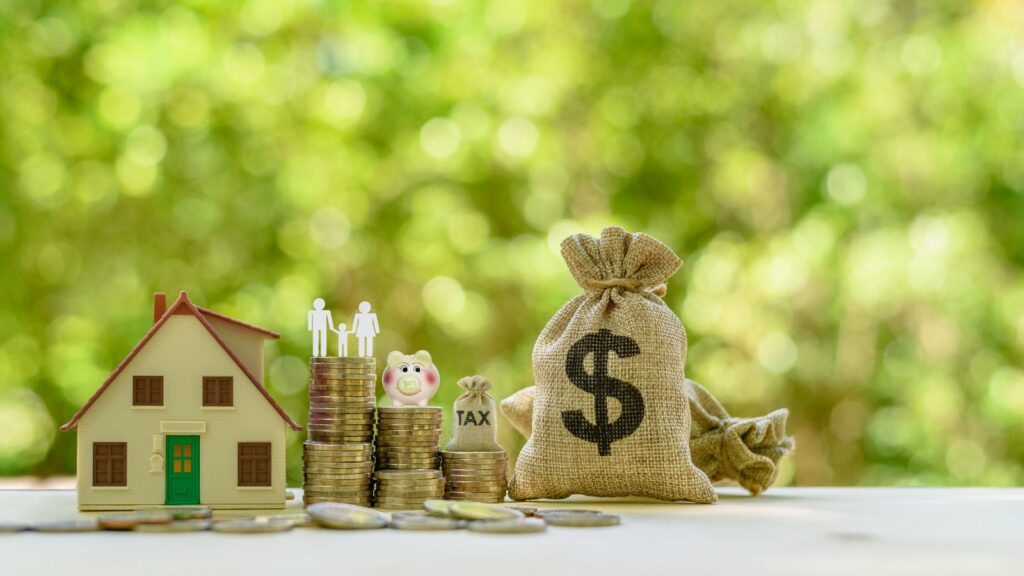Rising interest rates are impacting homeowners in a way that has not been felt in many years. Contrary to popular belief, high interest rates affect more than just mortgage payments, with rental fees and the costs of everyday living also being impacted. While higher rates are designed to curb inflation, they create a ripple effect across various aspects of homeownership, from home value to renovation costs. We take a look at 20 unexpected ways rising interest rates affect homeowners:
Higher Monthly Mortgage Payments
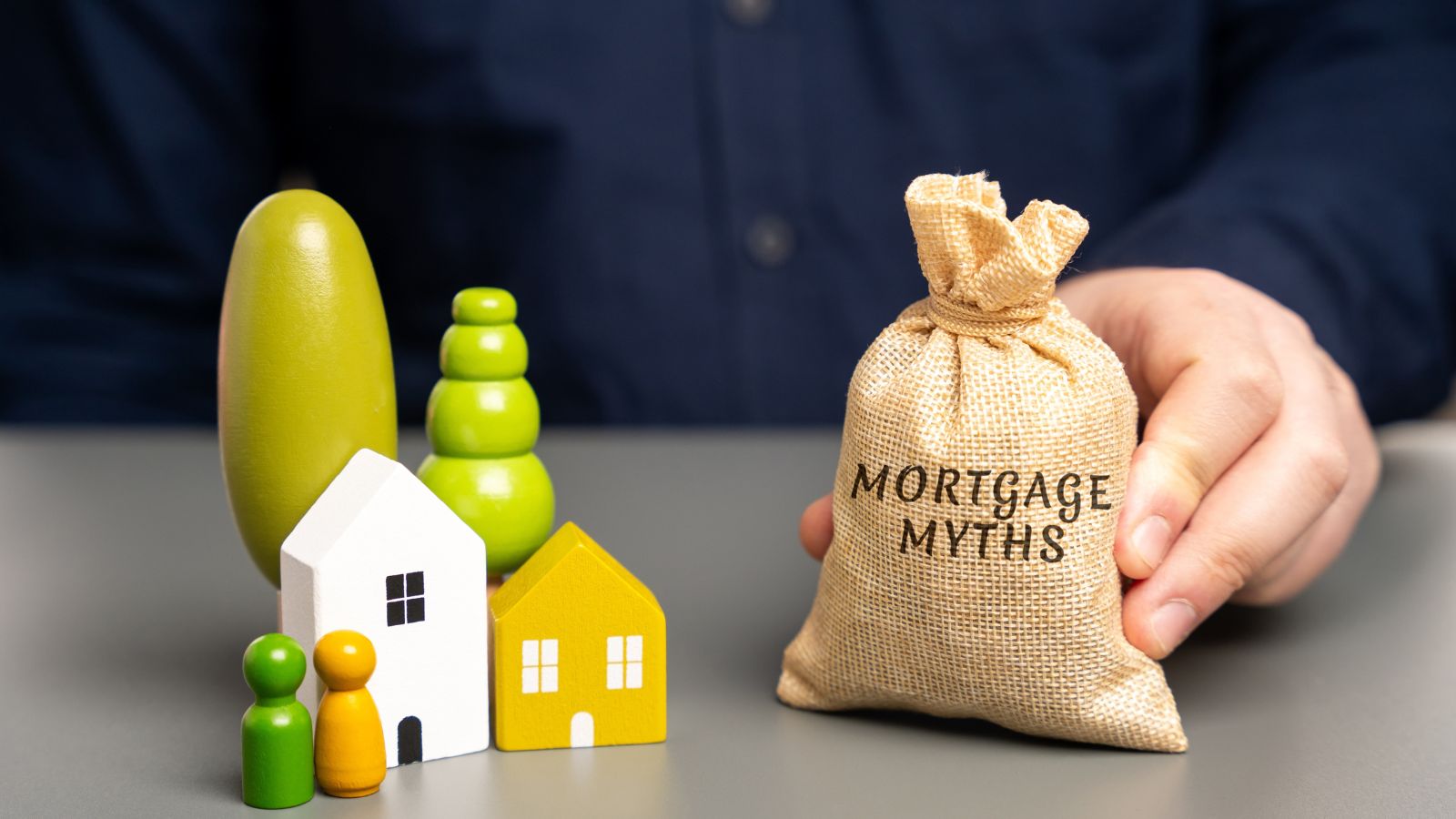
For those with adjustable-rate mortgages (ARMs) or anyone looking to refinance, rising interest rates mean higher monthly payments. An increased rate can significantly change the affordability of monthly payments, especially for those already on tight budgets.
Difficulty in Refinancing
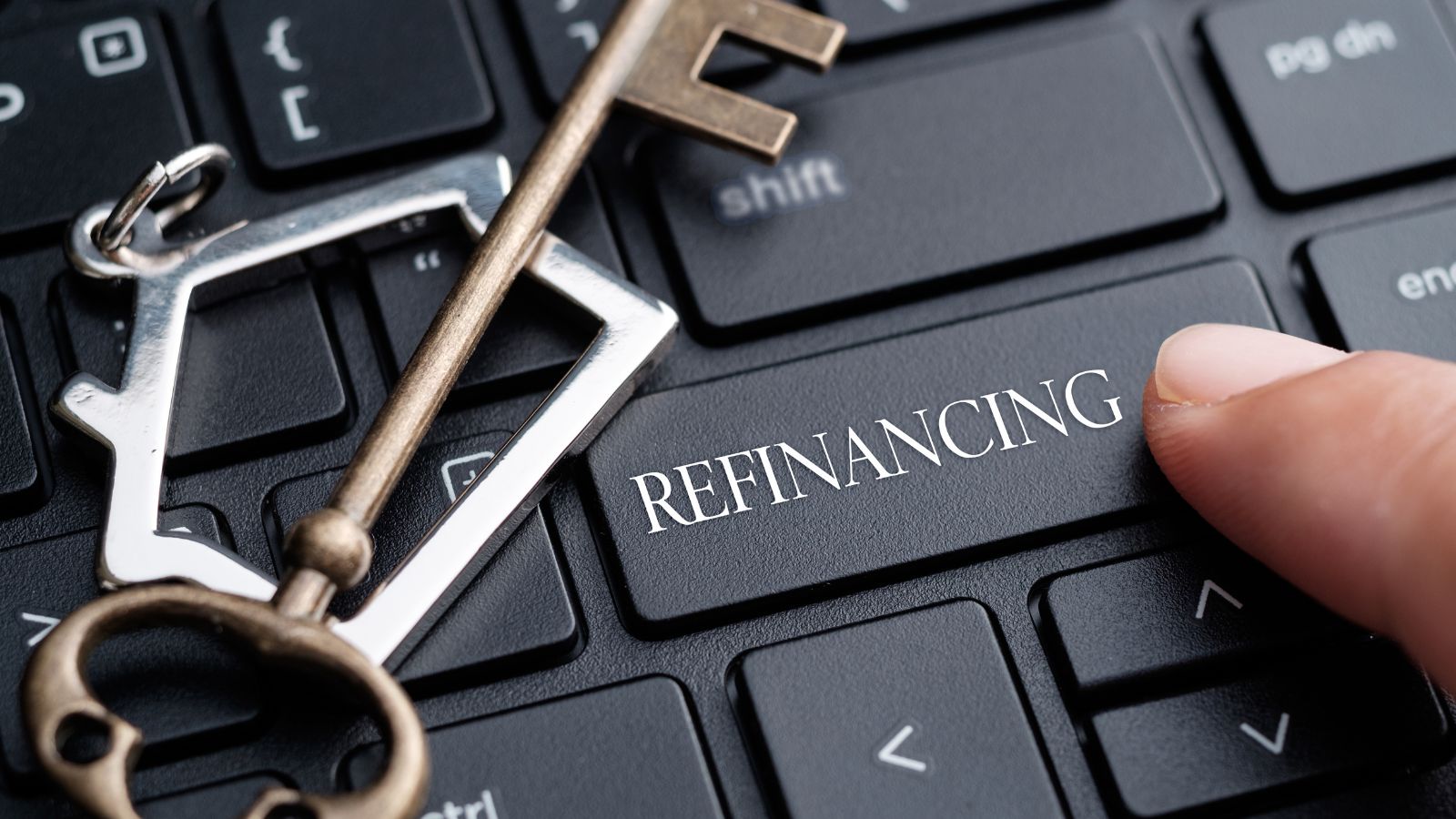
Many homeowners turn to refinancing to reduce monthly payments or take advantage of equity. However, with higher rates, refinancing is less attractive, often eliminating any potential savings and locking people into their current rate and loan terms.
Decreased Home Affordability
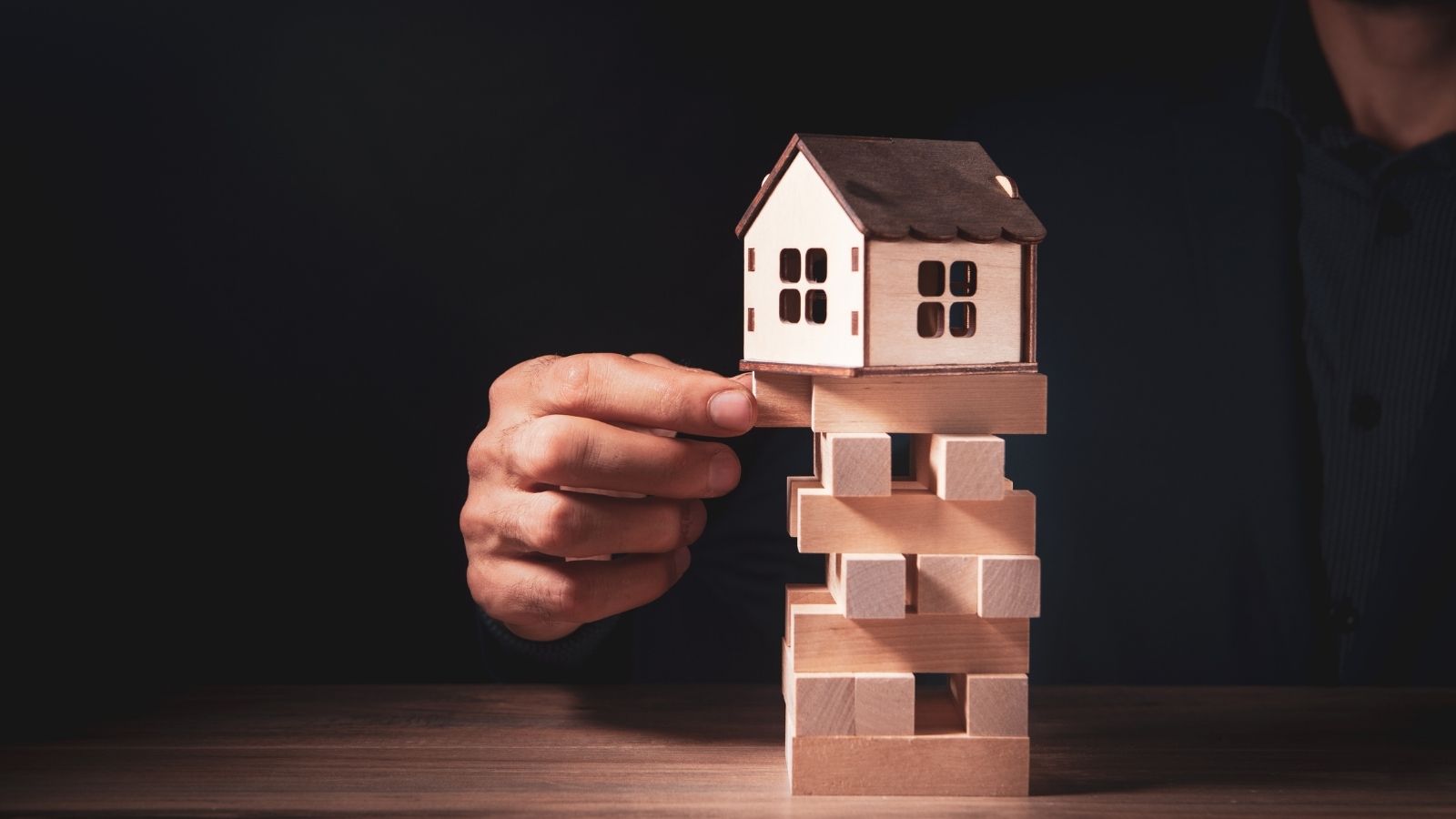
As interest rates rise, fewer buyers can afford homes due to higher monthly payments, which reduces demand in the market. This can indirectly impact current homeowners by making it more challenging to sell their homes quickly or at favorable prices.
Slower Home Price Appreciation
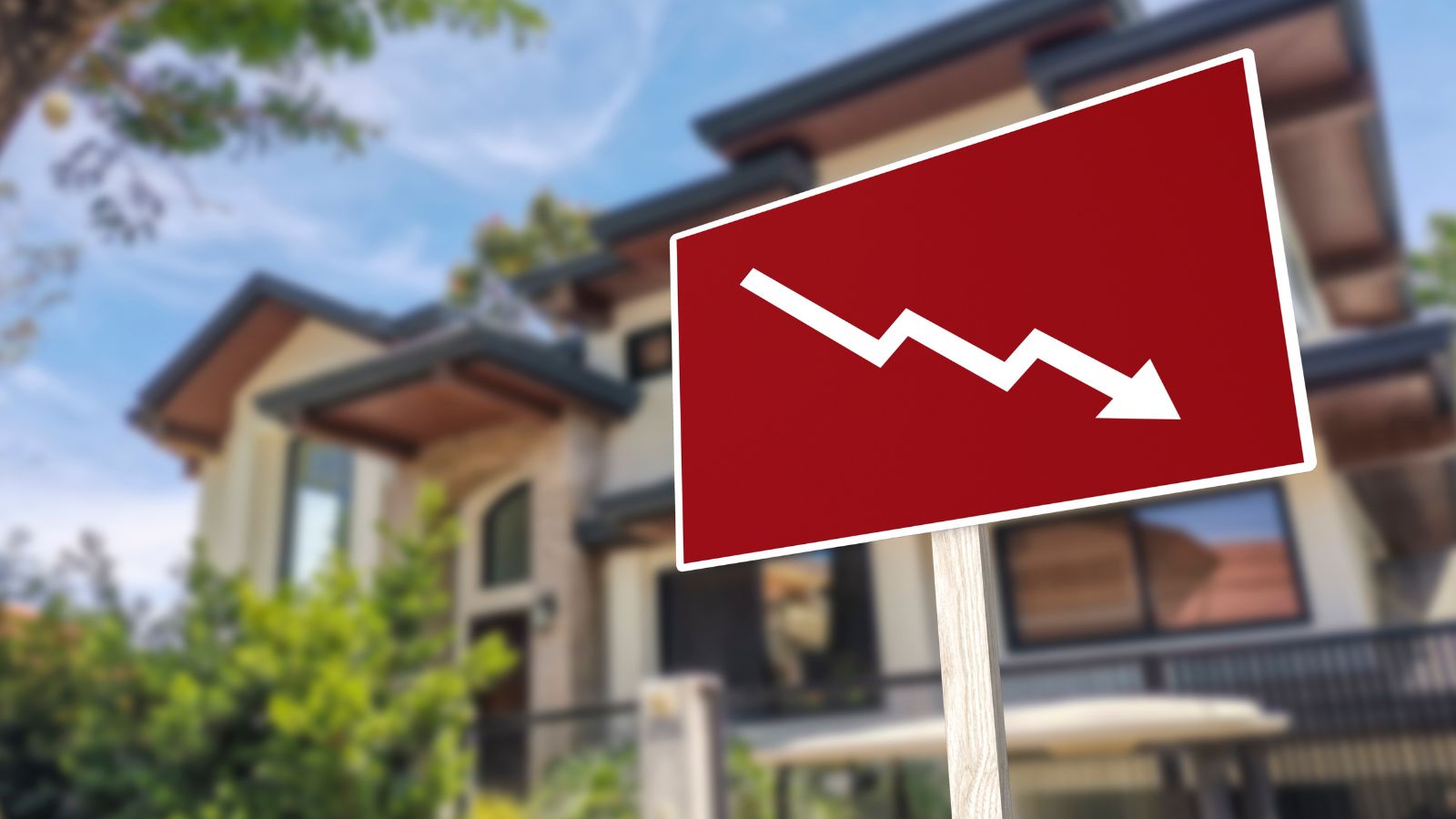
Rising rates reduce buyer demand, which can slow the appreciation of home values. Homeowners expecting to build equity through increasing property values may find that appreciation slows down, impacting the return on investment in their property.
Increase in Rental Demand
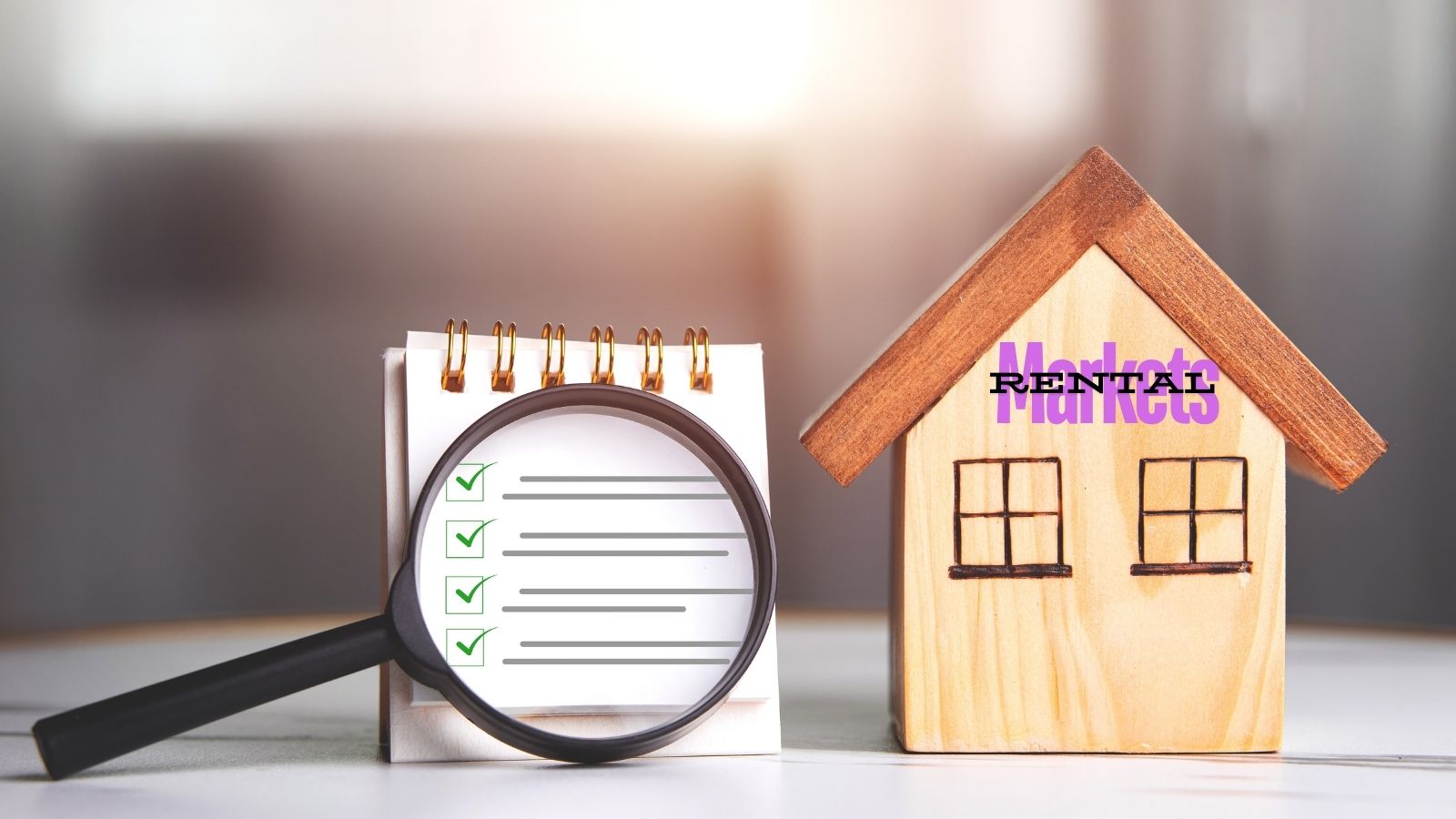
As mortgage rates rise, potential buyers may delay homeownership, increasing demand for rentals. This shift can drive up rental rates, which indirectly affects homeowners who rent out additional properties or plan to rent in the future.
Higher Property Tax Burden
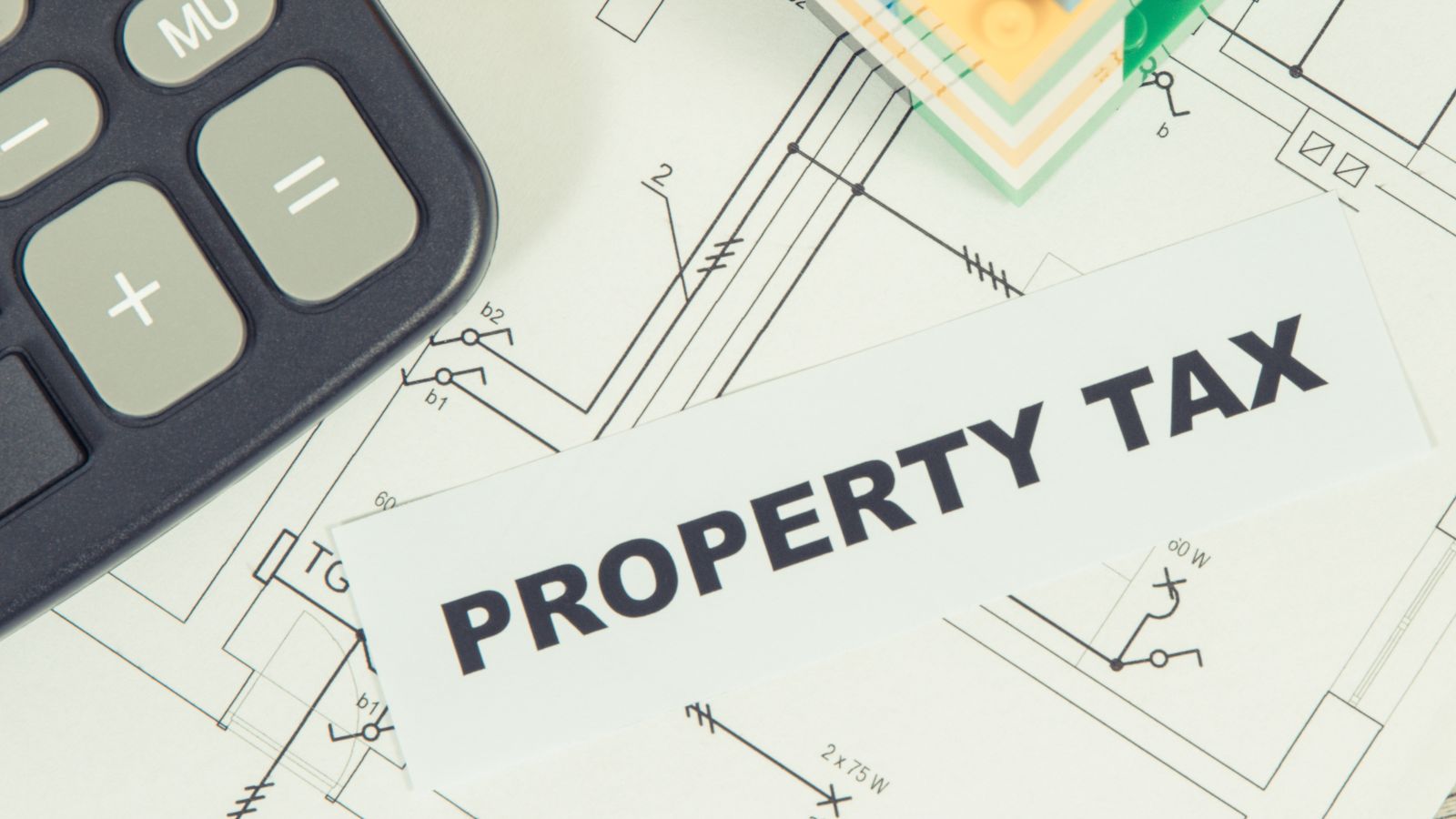
Even as home appreciation slows, in some areas, property taxes may remain high since tax assessments often lag behind market conditions. This could lead to a situation where property taxes don’t decrease proportionally with slower home value growth, creating a heavier tax burden for homeowners.
More Expensive Home Equity Loans
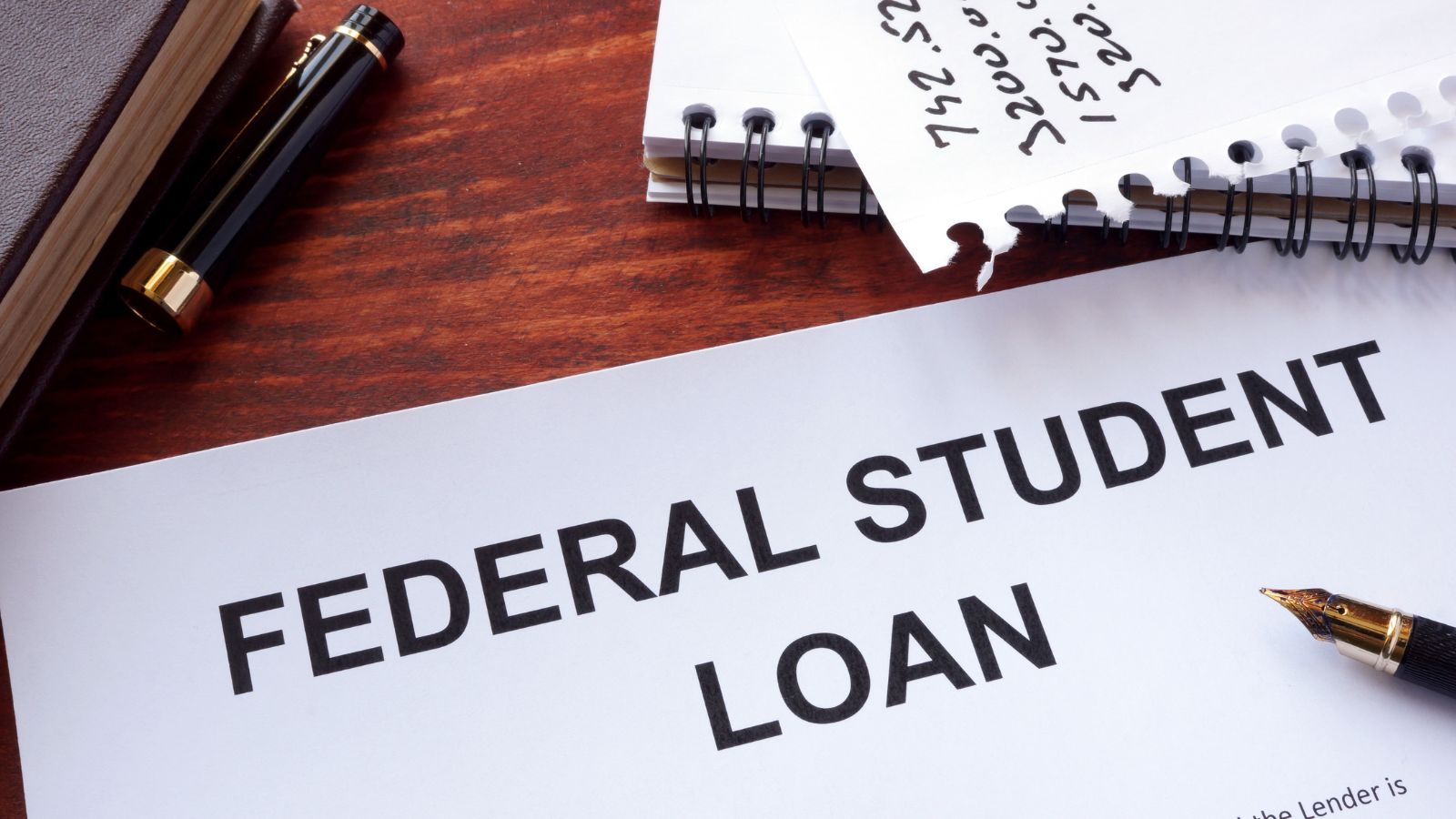
Home equity loans and lines of credit (HELOCs) typically have variable interest rates tied to market rates. When rates rise, these credit lines become more costly, making it harder or more expensive for homeowners to finance renovations, repairs, or other large expenses.
Reduced ROI on Renovations
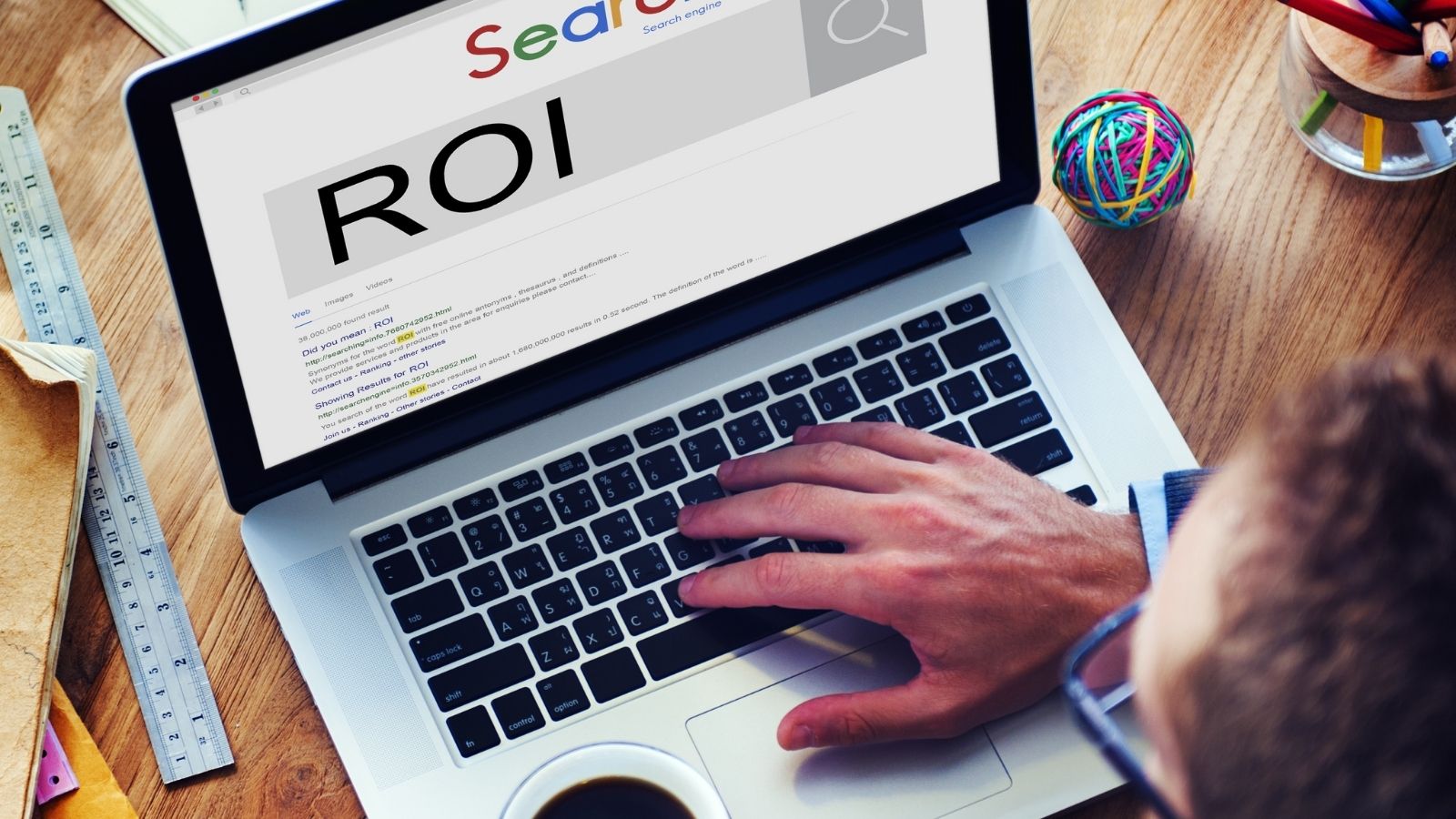
Higher interest rates make financing renovations more expensive, which can reduce the potential return on investment. Many homeowners may have to reconsider or delay projects, impacting the long-term value and enjoyment of their property.
Decreased Buyer Pool for Large Homes
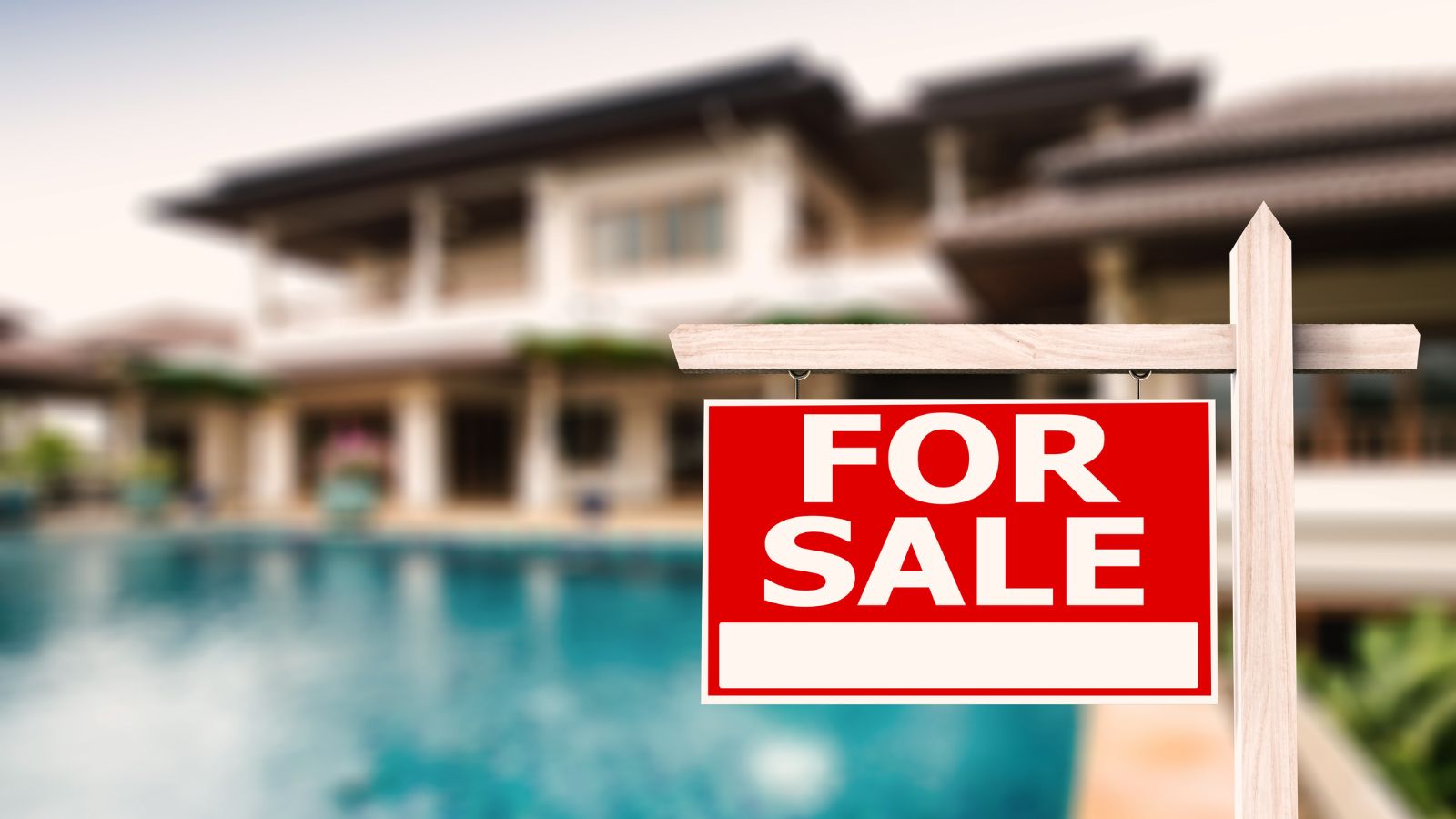
Higher mortgage rates disproportionately affect affordability for larger, more expensive homes. Homeowners looking to sell these properties may face a smaller pool of qualified buyers, leading to longer selling times or the need to reduce their asking price.
Reduced Demand for Vacation Homes

With interest rates rising, fewer people can afford the added cost of a second mortgage on vacation properties. This can lead to decreased demand and potentially lower property values in vacation home markets, impacting owners’ plans for selling or renting out their secondary residences.
Higher Home Insurance Costs
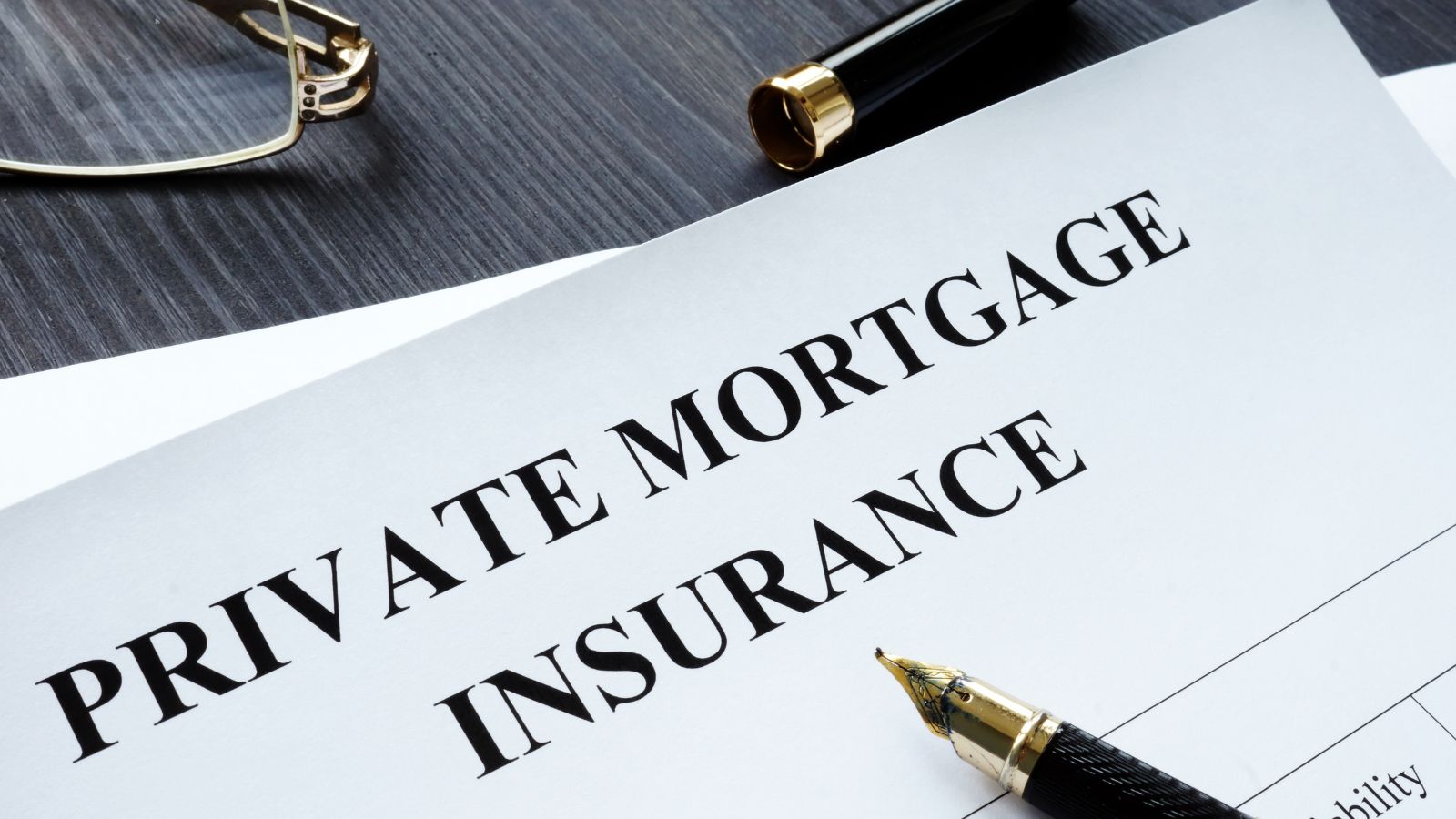
As inflation and interest rates drive up repair costs, home insurance premiums often rise too. Increased costs for labor and materials mean that insurance companies charge more to cover potential claims, adding another layer of expense for homeowners.
Increased Maintenance and Repair Costs

Higher rates also drive up costs for repairs and maintenance, as contractors pay more for materials and financing. Homeowners with tight budgets may find it harder to keep up with needed repairs, potentially impacting the condition and value of their homes over time.
Difficulty Selling Older Homes
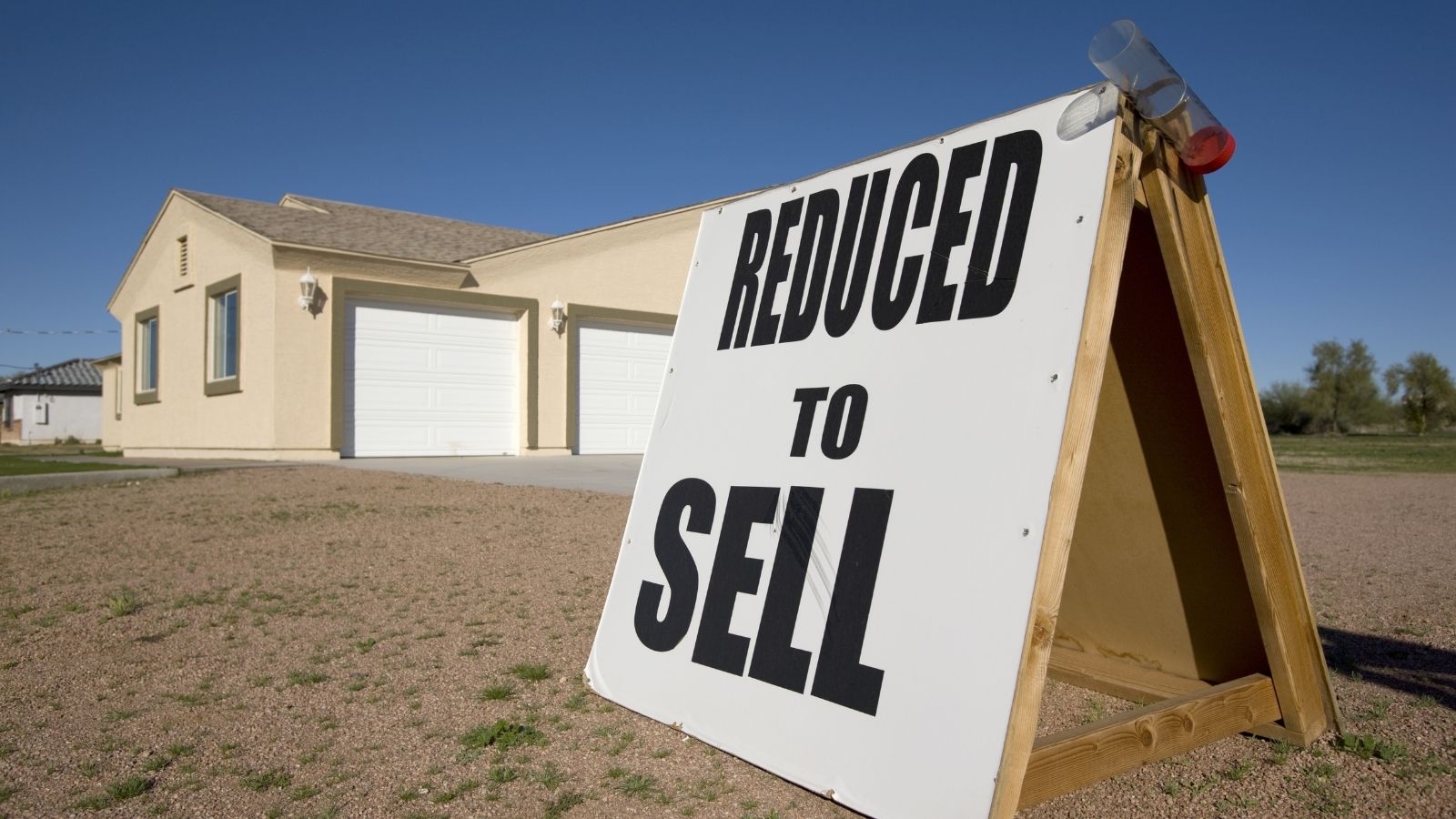
Older homes often require more maintenance and as interest rates rise, buyers may be more reluctant to take on these properties. Sellers of older homes may have to adjust their prices or offer additional incentives to attract buyers.
Reduced Pool of First-Time Buyers
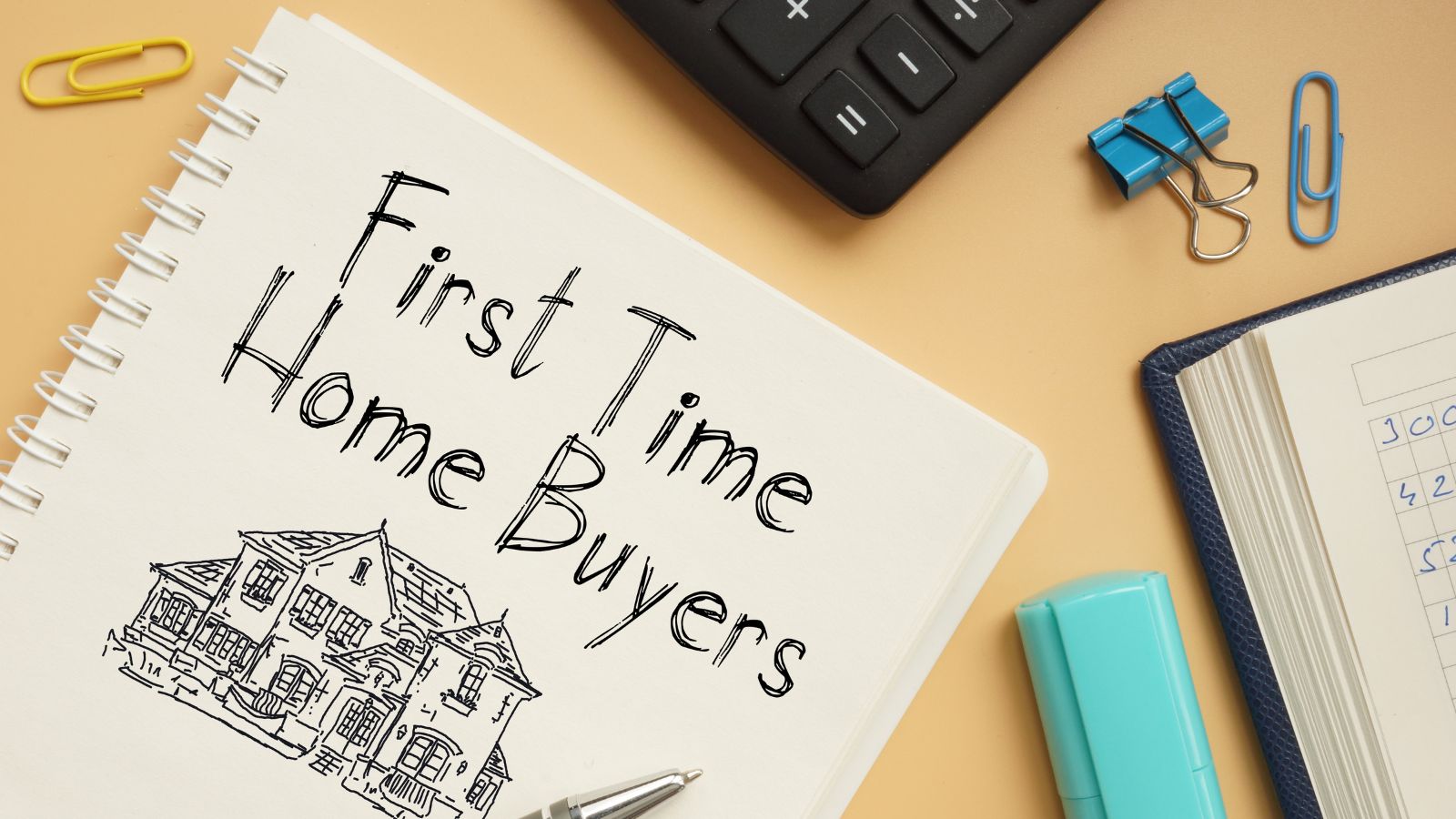
First-time buyers are often more sensitive to interest rate increases, as they may have smaller down payments and tighter budgets. With fewer first-time buyers entering the market, homeowners looking to sell starter homes may face longer selling times.
Less Opportunity for Debt Consolidation
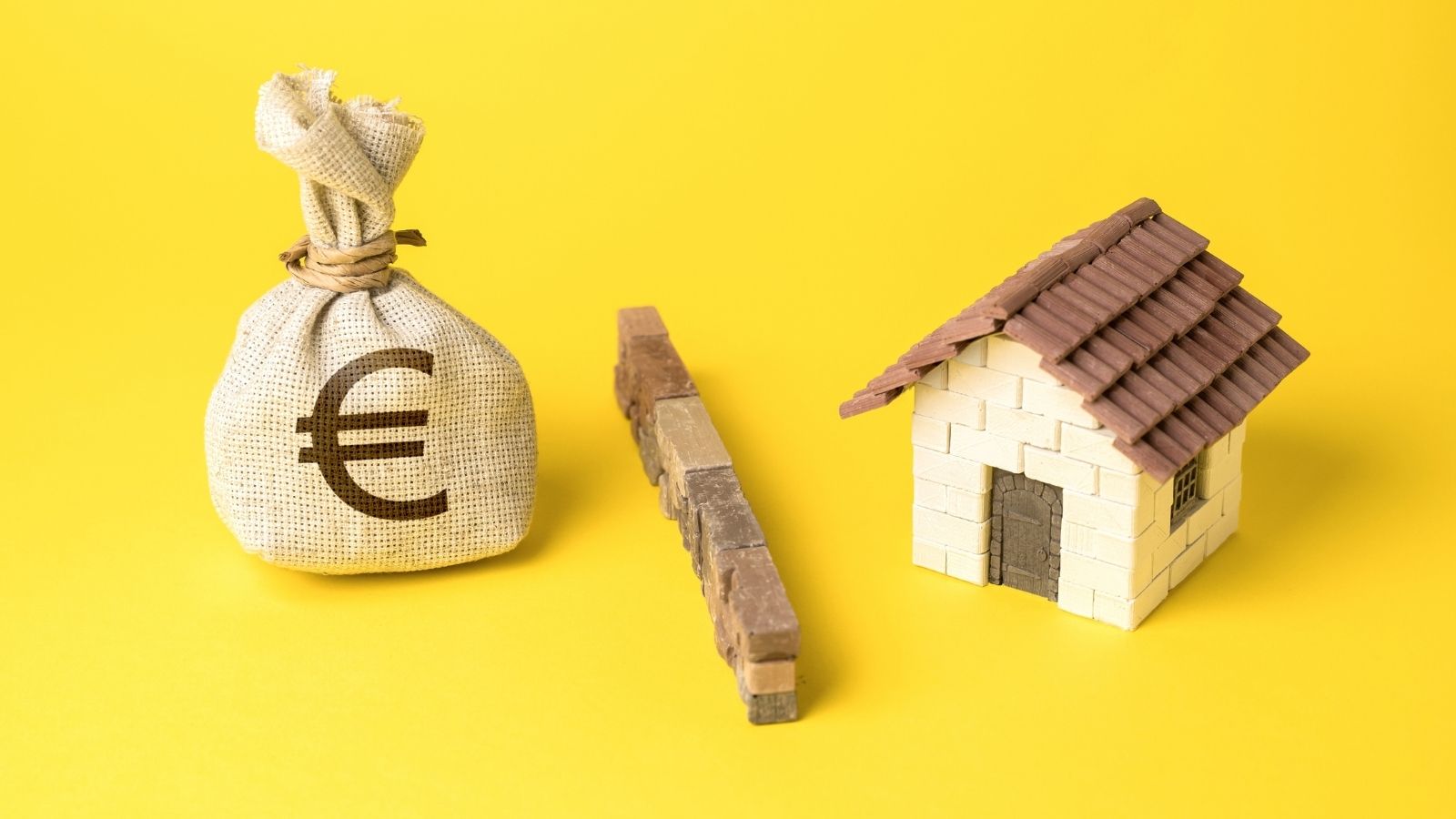
Homeowners often consolidate higher-interest debt into their mortgage through refinancing, but rising rates make this option less appealing. Without the ability to consolidate debt at a lower rate, homeowners may be stuck with higher-interest credit balances, impacting overall financial health.
Increased Utility Costs

Utility companies often finance infrastructure improvements with debt, and rising rates can make it more expensive for them to operate. Homeowners may see higher utility bills as companies pass along their increased borrowing costs to consumers.
Challenges with Future Mortgage Transfers
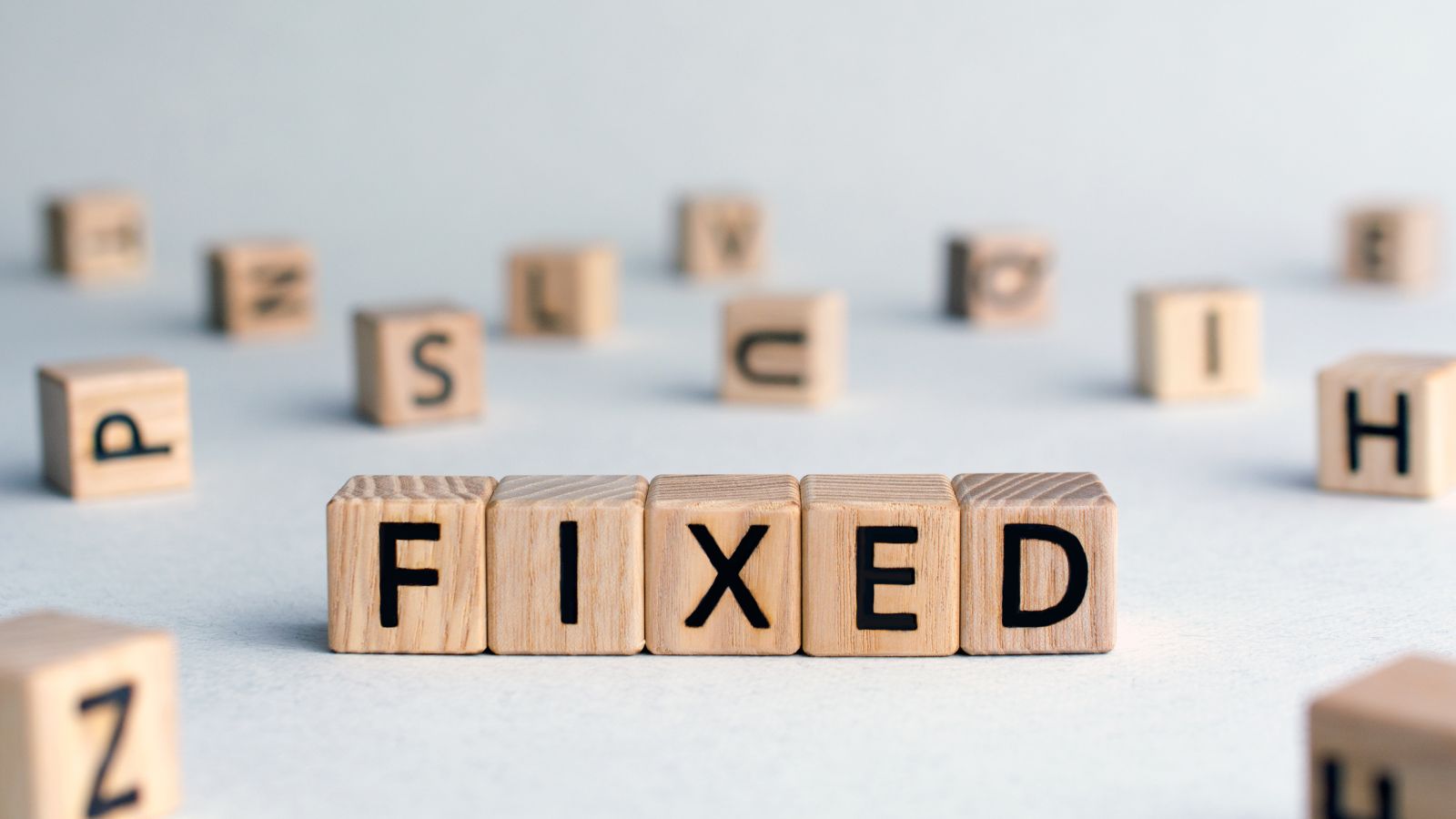
Homeowners may feel “locked in” to their current home due to lower fixed rates they secured previously. Moving could mean taking on a new mortgage at a higher rate, which can create a sense of “rate lock-in” that limits flexibility to relocate or upgrade.
Reduced Investment in Energy-Efficiency Upgrades
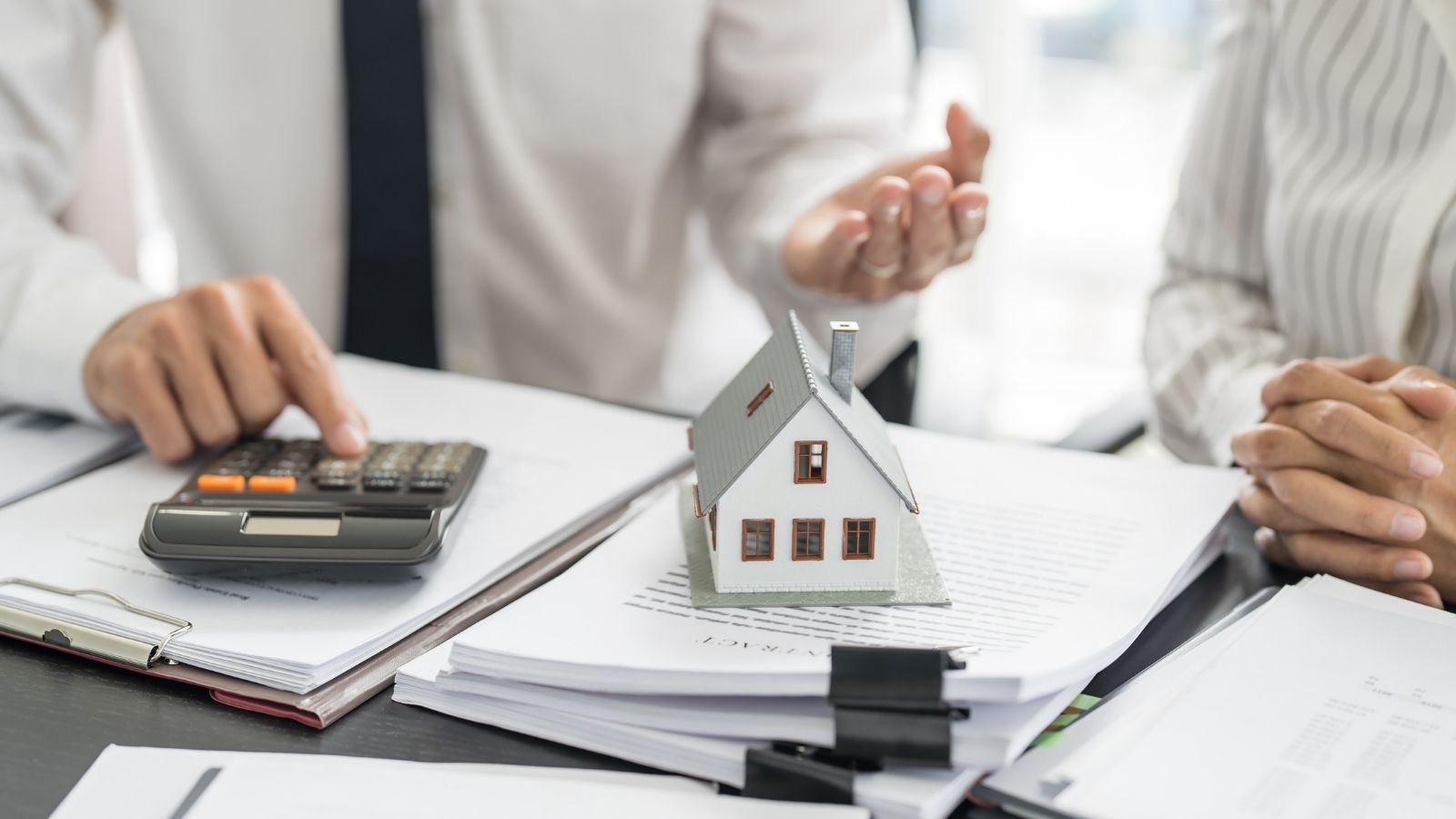
Upgrades like solar panels, energy-efficient windows and insulation are often financed, but higher interest rates make these loans more costly. This can discourage homeowners from making eco-friendly improvements that would save them money in the long term.
Reduced Wealth from Home Equity
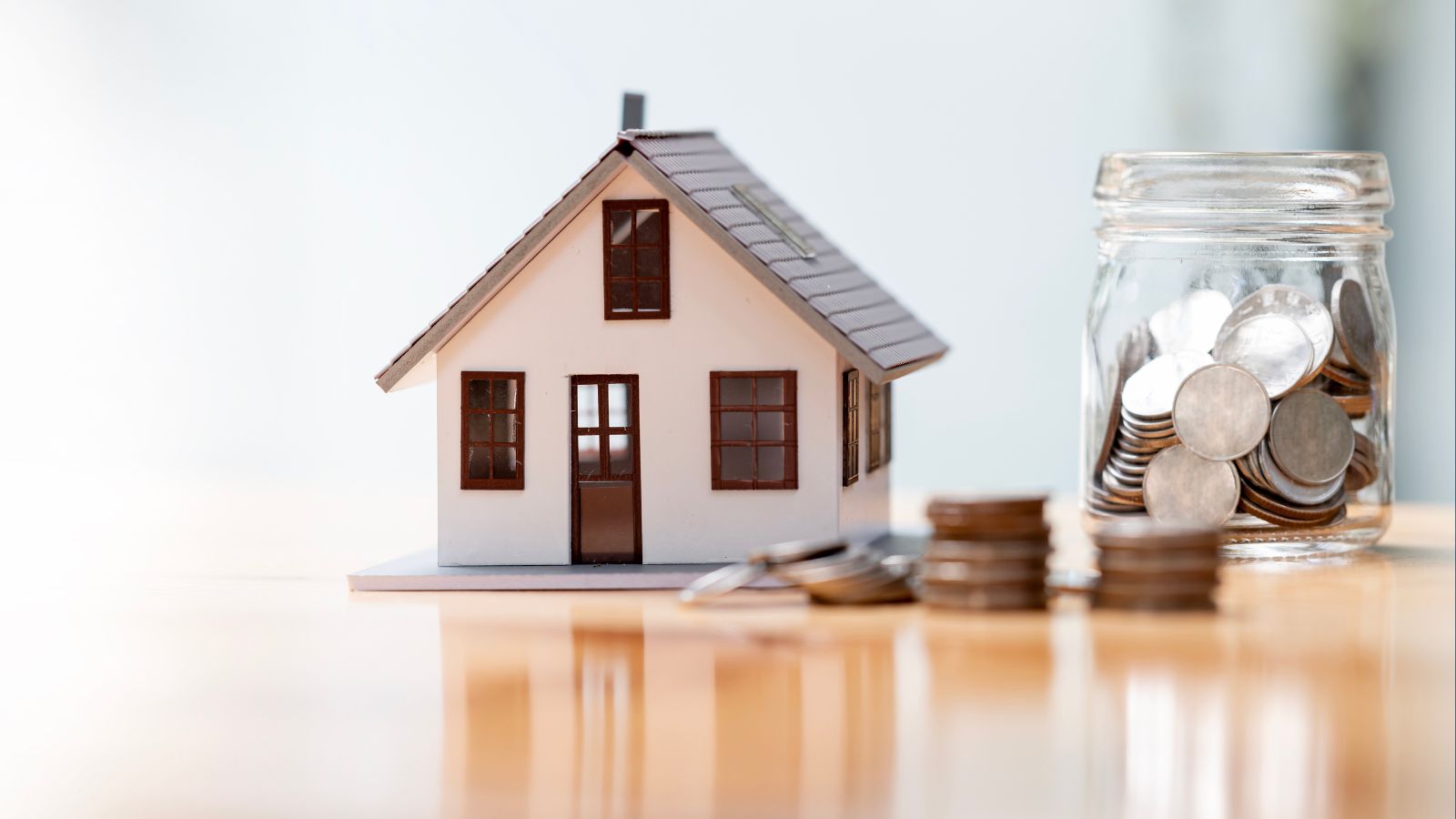
Rising rates and slowing home appreciation can lead to reduced wealth creation through home equity. Homeowners who had been counting on increased equity to fund retirement or future expenses may need to adjust their financial plans.
Strain on Personal Budgets
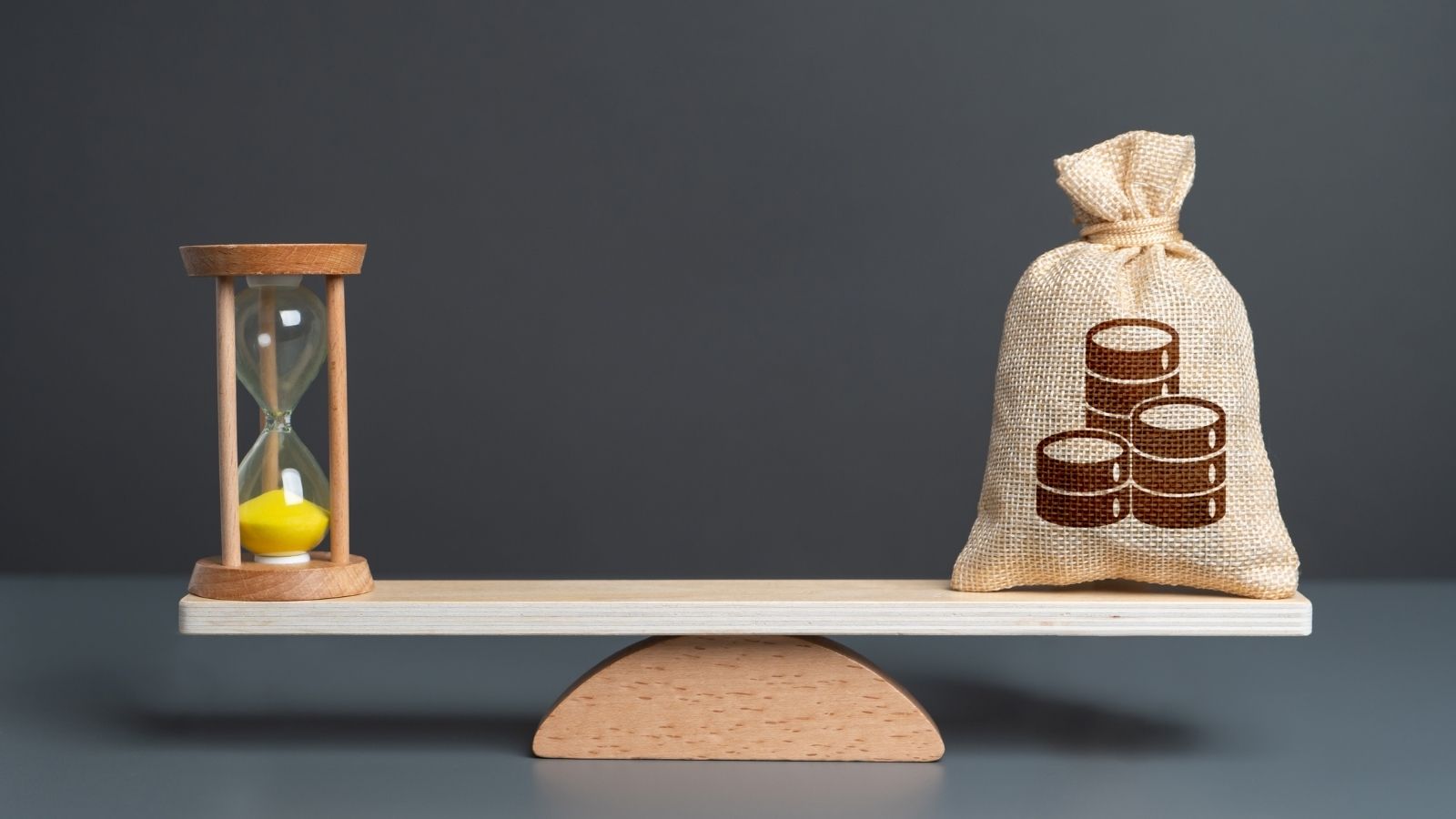
Higher interest rates on mortgages, HELOCs and other home-related expenses mean that monthly budgets become more strained. Homeowners may need to allocate a larger portion of their income to housing, reducing their flexibility for other expenses and investments.
18 Reasons Why People Are Leaving Florida in Masses

Exploring factors that impact the desirability of living in Florida, this list delves into various challenges shaping residents’ experiences. From environmental concerns like rising sea levels to economic factors such as fluctuating job markets, these issues collectively contribute to a nuanced understanding of the state’s appeal.
18 Reasons Why People Are Leaving Florida in Masses
